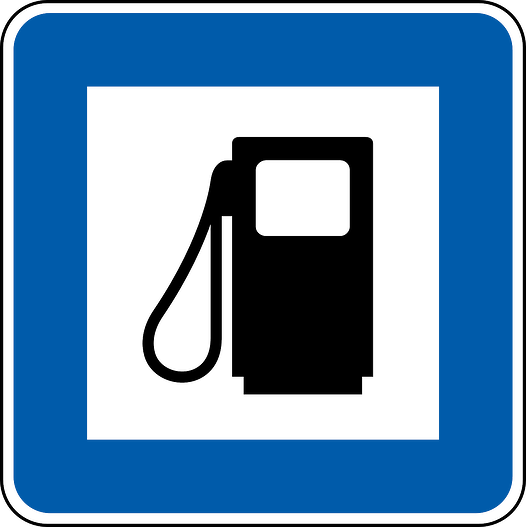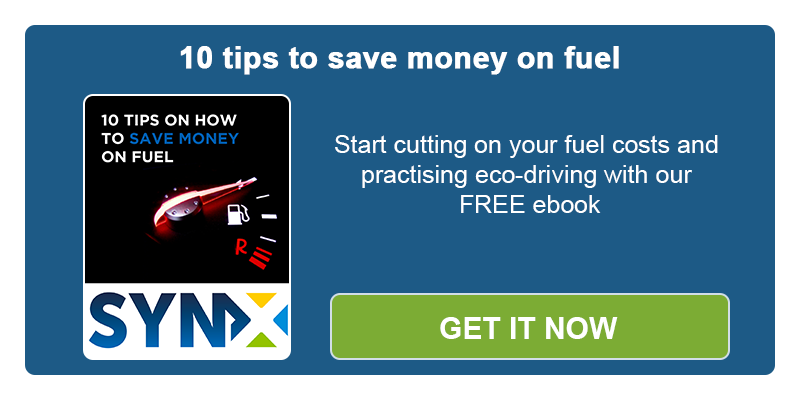
Fuel cards originated in the United States and date from a period between the 1960s and 70s where they were known as fleet cards. They looked similar to credit cards with a company name and logo on them. When a customer entered a filling station the attendant would take down the customer’s details for authentication, not only was this a time consuming process, but a system that was open to fraud.
In the United Kingdom they were originally simple business cards displaying company name, registration number of the vehicle and any signatures on the back. The verification process (before a customer could actually get a vehicle refuelled) wasn’t the quickest as the card and signature needed to be checked before purchase.
Card networks weren’t extensive in the early days and usually available to delivery companies only.
Fuel cards improved however, and after the 1980s technology developed that made them safer and easier to use, with the implementation of magnetic strips, pins and smart-chips.
Today, from the smallest delivery company to the biggest multinational transport enterprise, fleet managers
make use of fuel cards, and as petrol prices constantly rise they are always seeking out
solutions to improve fuel economy.
Saving fuel through the usage of these cards is not only seen as an opportunity of getting discount prices from fuel retailers; the expectations of transport company managers go much further.
How do these cards work?
Fuel cards allow cardholders to purchase petrol, diesel or any other items (at your discretion) from a filling station belonging to the network.
Your employees will be able to purchase fuel from any of the stations within the chosen network, so they need not to carry cash, and you will get invoices at the end of the month or when your card company issues them (you can negotiate this with them).
What is the difference between fixed and pump priced cards?
Fixed price cards are designed for transport companies and vehicles used for commercial purposes. Every week a nationwide fuel price is set, based upon bulk market average prices.
This price is usually lower than the pump price, offering significant savings in fuel costs for fleets using these cards.
Did you know that there are even systems offering you all the benefits of a fuel card whilst allowing you to dramatically improve your fuel economy, by reporting on vehicle activity and helping you improve your fleet’s driving style?
Contact us for further information!





